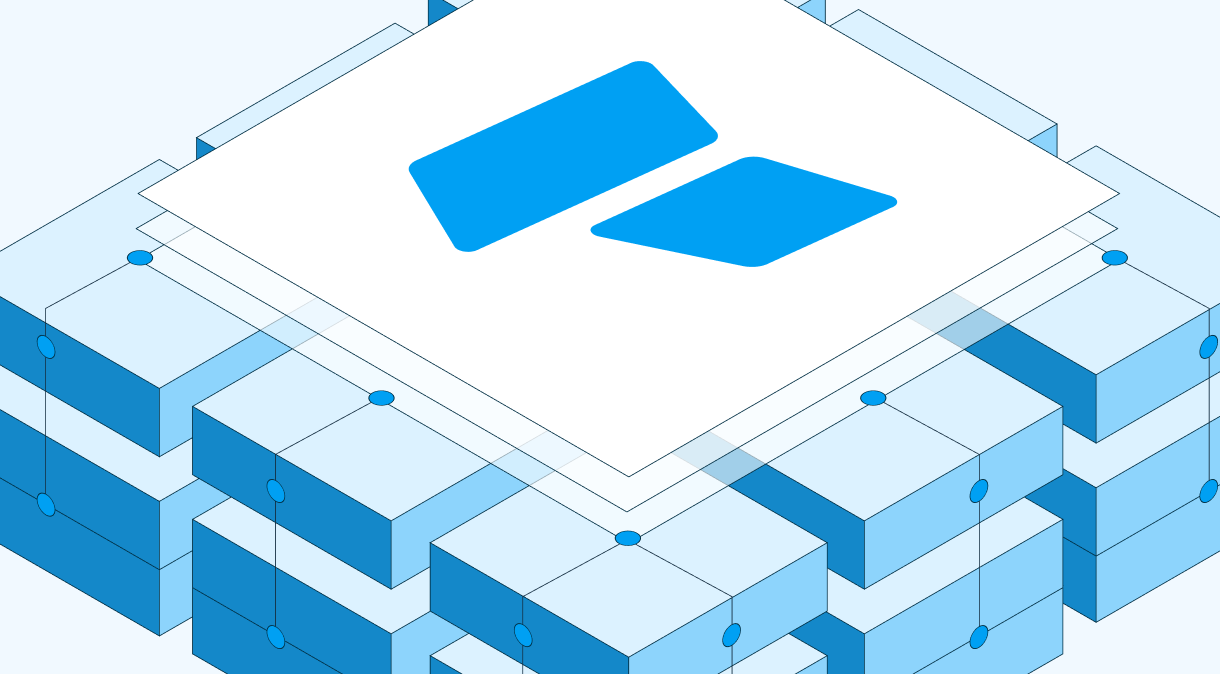We’ve spent years digitising our operations. Paper checklists became apps. Incident logs became dashboards. Workflow steps became automated buttons. And together they drive real value …
But we’ve been digitising records, not reality.
I’ve had the privilege of walking some of the largest industrial facilities in the US this year. The incredible men and women who run these sites have a complex, high-pressure job. They have one-dimensional tools and data points, mostly anecdotal, but they’re crying out for intelligence: something that points directly to the issue and gives them the evidence to ask and answer the ‘5 Whys’, or better yet, answers it for them. These people want to be on the ground, using their expertise to connect the dots and engage directly with their teams and infrastructure.
The real world of operations, the movement of people, the design of space, the interaction between processes and environments, has remained largely invisible. And because of that, we’ve been trying to improve what we can’t fully see.
Design Dictates Behaviour
Over the last number of years, I forced myself to get out from behind my laptop and engage with our clients in their facilities and my biggest learning: in physical operations, behaviour doesn’t happen in a vacuum.
If someone is taking a shortcut, bypassing a process, or putting themselves at risk, it’s rarely because they woke up deciding to break the rules. Almost always, you can map it back to a design flaw:
- A layout that forces unnecessary movement or awkward manoeuvres.
- A workflow step that introduces friction and slows people down.
- An environment that obscures risks or creates unsafe defaults.
From first principles: the way a facility is designed dictates the behaviour inside it.
And that means most “human errors” are really just design errors in disguise. Our area utilisation and path mapping tools allow leaders to make informed facility design decisions.
Safety Was the Starting Point, Not the Finish Line
At Protex AI, we started with safety because it’s the most human and urgent operational challenge, one whose impact I’ve seen firsthand. But as we built, it became clear that the same intelligence that helps prevent injuries can also diagnose operational process and design gaps.
The signals our system picks up aren’t, to put bluntly, compliance check boxes. They’re clues, parts of a puzzle that tell you where a layout is creating congestion, where a process is being worked around, where the environment itself is pushing people into inefficiency or risky behaviours.
The goal here is not to track people but rather elevate the visibility or questions/answers to a higher level - shift, area, site and region-based analysis. It’s about understanding how the system itself is shaping the work, and how to design it better.
Towards a System of Intelligence for Physical Operations
Traditional software tells you what happened (Systems of Record) and helps you do tasks (Systems of Engagement).
But the next leap is Systems of Intelligence: software that continuously observes, understands, and helps you design better operations. We’ve built Predictive Analytics to help our clients predict risk and inform
Imagine a facility where:
- Layout changes are informed by real-world behavioural patterns, reducing risk and friction by design.
- Routes and material flows are optimised to prevent collisions and delays automatically, dynamically.
- Risks are surfaced in real time and connected back to root causes in the environment, not just symptoms in behaviour.
The power here isn’t in watching people. It’s in making sure the environment is set up so the right behaviours happen naturally, and the wrong behaviours become unnecessary.
What Leaders Need to Hear
The next era of operational advantage won’t come from squeezing a bit more productivity out of people (if anything, this approach creates a culture that will have long-term negative impacts); technology needs to enable and empower people to do their best work, not to police the work they're doing. It will come from designing operations that are inherently safe, adaptive, and frictionless.
That requires a shift in mindset:
- Stop blaming “human error.”
- Start asking: what in our design made that behaviour possible, or even inevitable?
- Treat safety and operational intelligence as the same design challenge.
This is why Systems of Intelligence for physical operations will become foundational, just like ERP and CRM did in previous eras. They give leaders the clarity to design environments where safe, seamless work is the default.
The Future We’re Building
At Protex AI, our vision is simple: make the physical world as observable, optimisable, and adaptive as the digital one, while staying deeply human.
We believe operational excellence isn’t about forcing compliance; it’s about designing it in from the start.
When environments are designed well, people don’t just work more safely, they work more naturally. And organisations become more resilient, not by trying harder, but by designing smarter.
The future of operations needs to go beyond digitization; and move towards the integration of intelligence into every corner of the physical world, so that safe, seamless, and human-centred work becomes the new default.
Ready to see how this works in practice? Read our case study to learn how Protex AI helped major UK Packaging Manufacturer unlocks £750K in funding and cuts safety events by 62% with Protex AI.
Check Out Our Industry
Leading Blog Content
EHSQ industry insights, 3rd Gen EHSQ AI-powered technology opinions & company updates.




.jpg)
